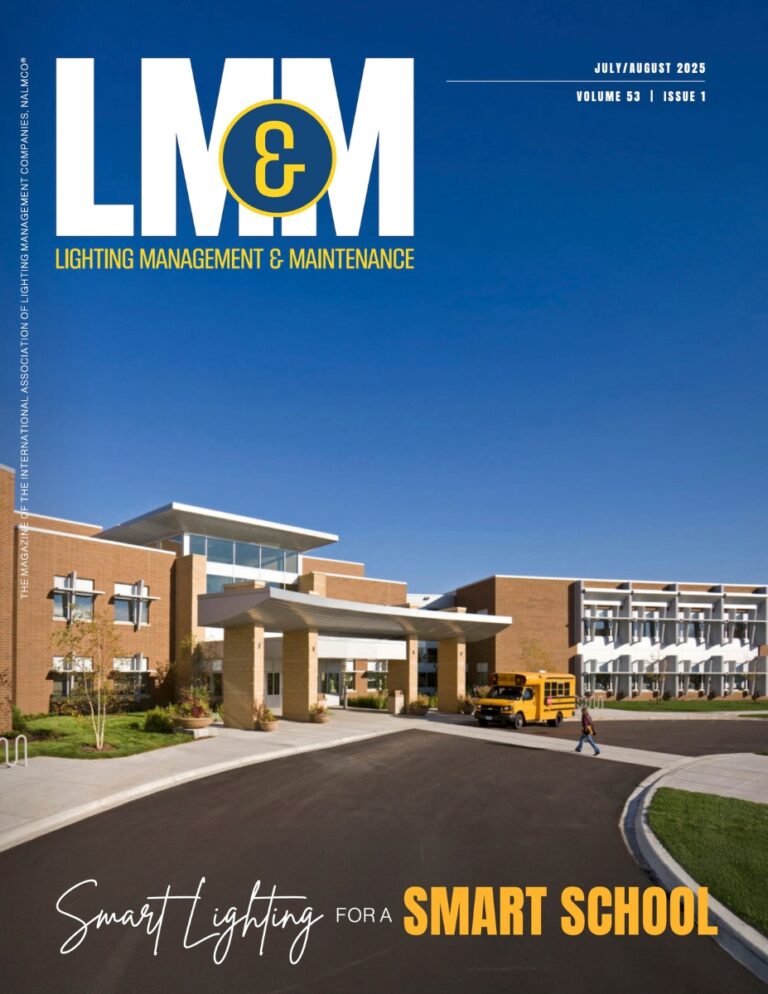Acuity Brands Discusses DC Power at NYControlled
Mike Montgomery, Vice President of Applied Technology Sales at Acuity Brands, discussed the potential of DC Power at the NYControlled Conference. His session was titled “Rewiring the Future: Embracing DC for Lighting Systems.” Mike’s presentation highlighted how DC-powered LED lighting could transform efficiency, reduce material costs, and streamline building power distribution.
Advantages of DC Lighting Systems
Mike explained that switching to a DC-to-DC LED lighting system can significantly cut installation costs. By removing the need for traditional materials like conduit and junction boxes, DC systems reduce expenses and simplify the installation process. This approach also reduces labor, requiring fewer licensed electricians and allowing less specialized personnel to handle much of the work.
Reducing Power Conversion Losses
A core issue with AC-powered buildings is the continuous conversion from AC to DC, which LED lights require. Every conversion from AC to DC results in a 5-10% energy loss. Mike noted that buildings can minimize waste by centralizing this conversion, as shown in his slides. A single AC-to-DC conversion unit can support multiple lighting fixtures, reducing heat, component wear, and overall inefficiency.
Enhanced Control and Flexibility
DC systems also improve the flexibility of lighting controls. With DC drivers, fewer components are needed, which results in lower heat production and higher reliability. Mike mentioned that a DC setup allows for more dynamic control options without rewiring. For example, hospitals that have extensive lighting needs could benefit from the zoning flexibility DC offers. Adjusting lighting zones becomes a matter of programming rather than rewiring, making creating comfortable environments for patients and staff more straightforward.
Addressing Material and Labor Shortages
The labor shortage in skilled trades, particularly in electrical work, adds another layer of value to DC lighting. Mike reminded the audience about the component shortages during COVID-19. DC systems can alleviate some of the strain on the limited pool of electricians by reducing the need for complex, high-voltage installations. Mike shared that Acuity Brands recently completed a hospital project that eliminated 10 miles of conduit using DC. This reduction lowered costs and helped manage the industry’s limited resources more effectively.
Preparing for Renewable Energy Integration
Mike also touched on the potential for DC systems to integrate seamlessly with renewable energy sources like solar and wind. Since renewable power often generates DC, using DC lighting in buildings could eliminate multiple conversion stages, further improving efficiency. As renewable energy becomes more common, DC lighting could become an essential component of energy-efficient, sustainable buildings.
Mike joked about his personal devices—his phone, laptop, and television—saying they could all benefit from DC power. He added that while a vacuum cleaner might still need AC, it doesn’t affect him much since he doesn’t vacuum.
Mike concluded by posing a question about the future of electrical power: Are we moving back towards a DC-centric model, essentially coming full circle to Edison’s vision?





